HotSpots H2O, June 11: Over 200,000 Rohingya Refugees At Risk from Monsoon Flooding, Landslides
The Rundown
Nearly 1 million refugees fled Myanmar in the last 10 months in the wake of violent and gruesome attacks against the Rohingya Muslim minority. Most settled in Cox’s Bazaar, a now-overcrowded district of neighboring Bangladesh. As refugees poured in, shelters and other infrastructure were hastily constructed out of ramshackle materials.
Now, the Rohingya face another threat: monsoon season. The refugee camps at Cox’s Bazar lie in the middle of a floodplain. The region’s undulating terrain increases the likelihood of landslides. Sanitation in camps will worsen, spreading waterborne diseases. Refugees in low-lying areas are scrambling to relocate to higher ground, but countless Rohingya are still at risk as the deadly rains arrive.
“Already, in the early rains stage, we have sometimes seen multiple landslides per week. We are worried that latrines will overflow due to floods in which case there will be open sewage flooding over. This can lead to the spread of waterborne diseases such as cholera, but also typhoid and dysentery.” –Stiofáinín Nic Íomhaird, the Norwegian Refugee Council’s (NRC) Bangladesh director, speaking about the bleak situation facing the Rohingya in coming months. In Bangladesh, monsoon rains are most severe in June, July, and August.
By The Numbers
915,000 Rohingya refugees who fled from Myanmar to Bangladesh, as of May 24.
200,000 Refugees at risk from flooding and landslides. At least 25,000 are at very high risk.
28,153 Refugees relocated in recent months, for both risk mitigation and infrastructure development.
180,119 Households provided with extra tarps, bamboo, rope, and wire to help withstand upcoming monsoon storms. Even with the fortifications, most shelters are not strong enough to survive severe winds.
20 kilometers Length of waterways that were dredged to help control monsoon waters.
7,019 Water points in the Rohingya camps. Half of them are at risk of flooding during monsoon season.
25 percent Proportion of Rohingya refugee shelters destroyed last May by Cyclone Mora. At the time, the refugee camps were a fraction of the size they are now.
On The Radar
Aid groups are rushing to build sturdier homes before the worst of monsoon season sets in, but many of their efforts are being thwarted by the Bangladesh government, which hopes that the Rohingya will someday return to Myanmar. Because of this, building structures from brick or cement is prohibited in the camps. Most of the work, then, is focused on strengthening existing shelters.
Aid organizations are also fighting against outbreaks of waterborne disease. Last month, 1 million people in Cox’s Bazar were vaccinated against cholera. In addition, the World Health Organization has prepared 75 metrics tons of cholera treatment supplies. Medicine needed to fight diarrhea, dysentery, and other diseases spread through water is on hand as well.
Resources and Further Reading
In context reporting from Circle of Blue:
HotSpots H2O, February 7: Spotlight on the Rohingya Refugee Crisis
Water Closely Linked to the World’s Refugee Crisis
A Slow-Building Genocide: The Anticipated Floods in Bangladesh (Relief Web)
Hundreds of thousands of refugees at risk from impending monsoon in Bangladesh (Relief Web)
Preventive, contingency measures reinforced as monsoon sets in Cox’s Bazar (Relief Web)
Race Against the Rains (The New York Times)
Situation Report Rohingya Refugee Crisis (Inter Sector Coordination Group)
Kayla Ritter is a recent graduate of Michigan State University, where she studied International Relations and Teaching English to Speakers of Other Languages. She is currently based in Manton, Michigan. Kayla enjoys running, writing, and traveling. Contact Kayla Ritter



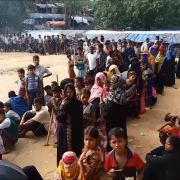
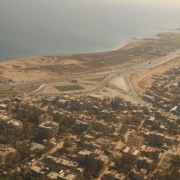
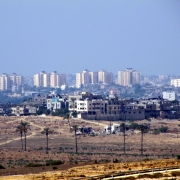

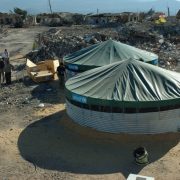
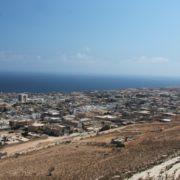


Leave a Reply
Want to join the discussion?Feel free to contribute!